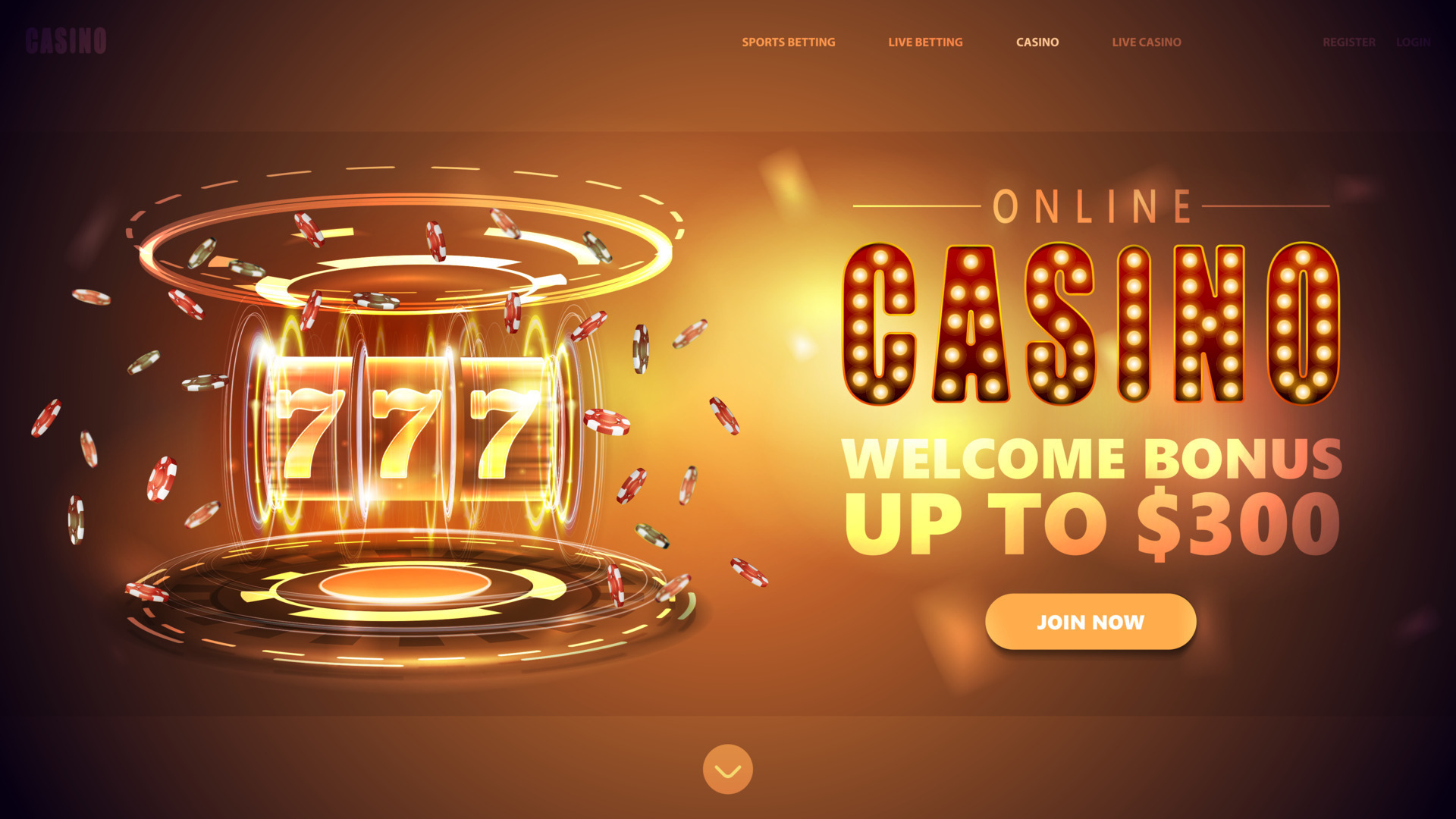The world of gambling games has long captivated participants with its combination of thrill, tactics, and the excitement of chance. As tech advancements progresses and the gambling landscape changes, an exciting approach known as game mechanics has started to redefine the way we engage with these iconic activities. By incorporating game-like features such as tasks, rewards, and monitoring advancement, gamification raises participant interaction and transforms the old-fashioned casino environment into a much dynamic and inviting environment.
This approach in casino games not only draws to seasoned players but also attracts a new generation of participants who want a much immersive adventure. With elements that encourage involvement and foster connection among players, the game-based features infuse fresh energy into cherished classics like poker, 21, and slot machines. As we dig deeper into this trend, we will investigate how this trend is redefining the casino experience, making it more inclusive, enjoyable, and rewarding for all participating.
Understanding Game Mechanics
Gamification refers to the implementation of gaming features in real-world environments to enhance user involvement and interaction. In the realm of gaming, this concept has achieved significant traction, transforming traditional gaming into a more dynamic and rewarding adventure. By including features such as scores, levels, and rewards, casinos can create an environment that encourages players to participate more frequently and for longer times.
At the heart of gamification is the desire to tap into the intrinsic drives of players. kjc.website Casino games that employ gamification techniques are shaped to not only delight but also to foster competition and achievement. Players are often drawn to the immediate responses and progress tracking that these elements provide. This not only maintains them involved but also nurtures a notion of accomplishment as they attain objectives and unlock additional features.
Moreover, gamification can boost community interaction among players, cultivating a social atmosphere that improves the satisfaction of gaming experiences. Features such as leaderboards, group contests, and teamwork activities allow players to connect with others, share stories, and compete in a good-natured manner. This community element adds another layer to the gaming experience, making it more engaging and satisfying for gamers.
Effect on Gamer Interaction
Gamification methods in gaming establishments have significantly changed the way gamers connect with their preferred activities. By adding elements such as rewards, rankings, and trophies, gaming platforms create an atmosphere that promotes a stronger relationship between gamers and the experiences they enjoy. This increased engagement results to extended gaming time and increased player dedication, as users endeavor to achieve new stages or obtain exclusive incentives.
Additionally, the social component of gamified casino games cannot be ignored. Several sites allow users to compete against friends or other users, which introduces a dimension of anticipation and camaraderie. This contest drives engagement by tapping into gamers’ competitive instincts, encouraging them to revisit for more in order to enhance their position or display their accomplishments. As a result, the community engagement foster a feeling of community that motivates players coming back.
Moreover, the immediate responses and acknowledgment provided by game elements serve to encourage gamers. It may be a message of a new milestone or the excitement of earning a reward, these instant rewards play a essential role in maintaining interest. By continually offering gamers for their efforts, casino games become more than just a hobby; they transform into an engaging activity that holds gamers and improves their overall experience.

Trends in Casino Game Design
The entire landscape of casino game design is continuously evolving, driven by technological advancements and shifting player preferences. One important trend is the integration of interactive technologies, such as virtual reality and AR reality, to enhance the gaming experience. Such technologies create a more captivating environment, enabling players to perceive as though they are in a real casino, which can lead to prolonged play sessions and increased player satisfaction.
Another trend is the incorporation of narrative elements into casino games. Game designers are concentrating on storytelling to create a deeper connection between the player and the game. This story-centric approach not only makes the games more enjoyable but also motivates players to invest emotionally, which can enhance their overall experience. By blending traditional gaming mechanics with captivating stories, developers are attracting a broader audience who may not have before engaged with casino games.
Finally, the emergence of multiplayer features is reshaping how players interact with casino games. Many games now incorporate social elements, such as broadcasting achievements or challenging with friends, to promote community and engagement. This trend reflects a shift towards a more interactive experience, where players can connect with others, sharing their excitement and challenges. As casinos adapt to these social dynamics, the act of gaming becomes not just about solo play, but also about building connections among players.